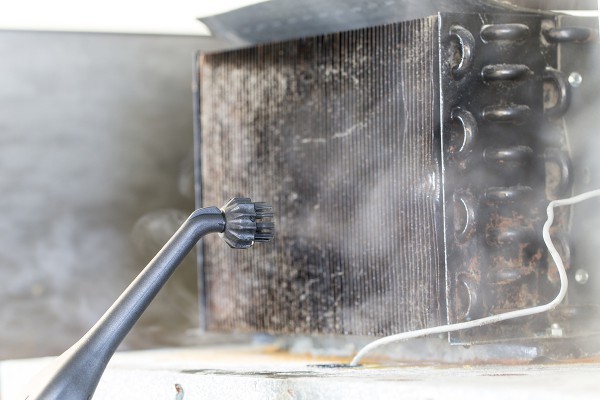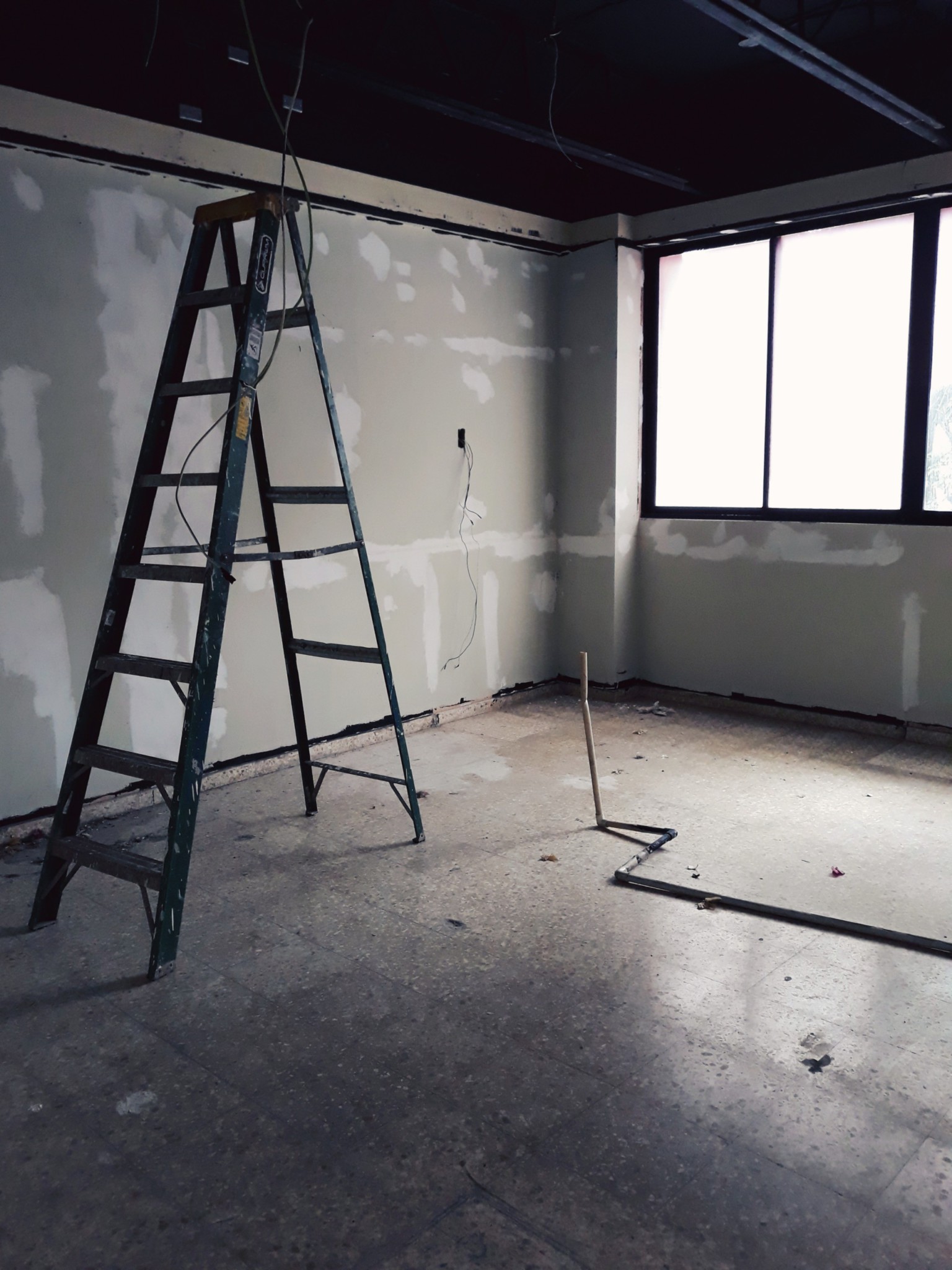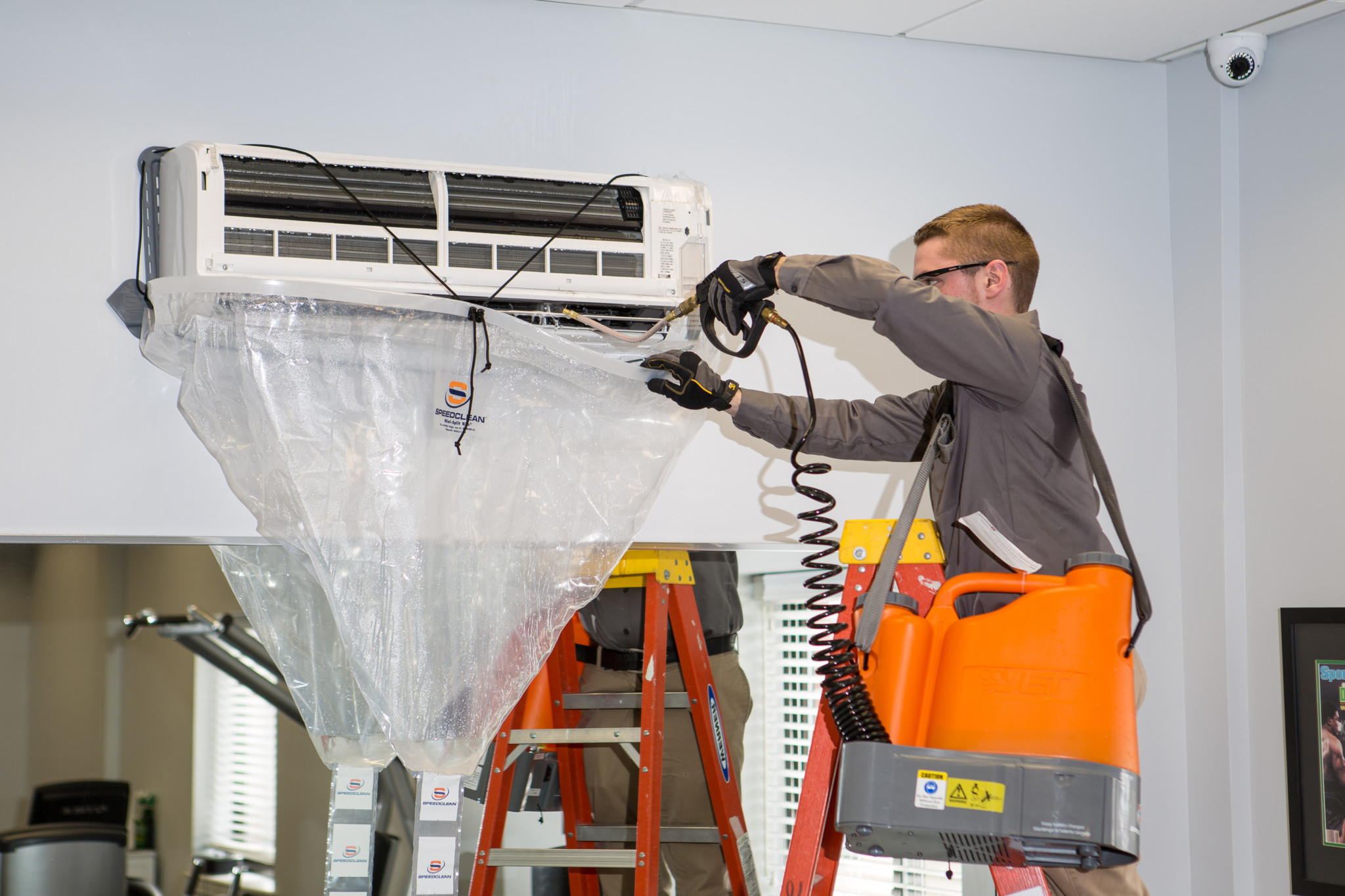As demand for energy expands and prices increase, geothermal heat pumps (GHPs) attract more attention. It’s inevitable that more customers will approach your HVAC company for installation. GHPs provide only about 1% of U.S. residential heating/cooling, but the market seems poised to grow. And customer satisfaction with existing units is high – around 95%, according to some surveys.
GHPs are a reliable option for residential, commercial, and institutional HVAC needs. Because they are mechanically simple, and the outdoor portion of the system is sheltered underground, maintenance costs tend to be lower. While they are more costly than traditional units, they can produce markedly lower energy bills – 30-60% lower, according to the EPA. Plus, they offer additional sales opportunities to the ever increasing “green” market consumer.
Some fuel-burning heater can reach efficiencies around 95%, but a geothermal heat pump can move up to 4 units of heat for every unit of electricity needed to power the system, resulting in a practical efficiency of over 400%. One of the ways this is accomplished is through higher heat exchange efficiency becauese the water being used is at a constant temperature. In addition, GHP system lifespan can reach 25 years for the inside components and up to 50 years for the ground loop.
Much of this is still relatively new to the general market, so we will see if there numbers hold up. I’m sure there are a lot of variables involved.
A GHP (more accurately known as a ground source heat pump) uses the nearly constant temperatures found just beneath the earth’s surface as a thermal source to provide heating and cooling. If you’ve ever been in a cave, you know that the below-the- ground temperature is warmer than the air above it during the winter and cooler than the air above it in the summer.
GHPs are reliable in even the coldest climates. During seasonal extremes, temperatures below the ground’s surface rarely fall below 45 degrees or rise above 75. In fact, those temperatures generally hover around 55 degrees. In contrast, air source heat pumps have to work harder to deal with wildly fluctuating air temperatures.
The GHP’s heat exchanger is a loop of high density polyethylene pipe. The most common setup is the horizontal closed loop system, with piping buried in trenches 4-6 feet deep. A vertical closed loop system generally feeds piping through 4-inch diameter holes drilled about 20 feet apart and 100–400 feet deep.
The piping is filled with a solution that absorbs, or rejects, heat. In the winter, the fluid in the pipes extracts heat from the earth and carries it into the building. In the summer, the system reverses and takes heat from the building, using the ground as a heat sink. The warmed or cooled air is distributed through ductwork or hydronic, radiant floor tubing.
GHPs equipped with a device called a “desuperheater” can also heat household water. In summer, heat taken from the house heats the water for free. In the winter, water heating costs are reduced by about half. This co-generation option is very interesting.
Geoexchange.org is the website and directory for the Geothermal Heat Pump Consortium and has excellent information on heat pumps.
I’d be interested to know your experiences with geothermal heat pump systems. Are they becoming a significant part of your HVAC business? Do your customers like them? Do you?






Leave A Comment